insert vs. gas logs
davisgard
16 years ago
Related Stories

LIVING ROOMSHow to Convert Your Wood-Burning Fireplace
Learn about inserts and other options for switching your fireplace from wood to gas or electric
Full Story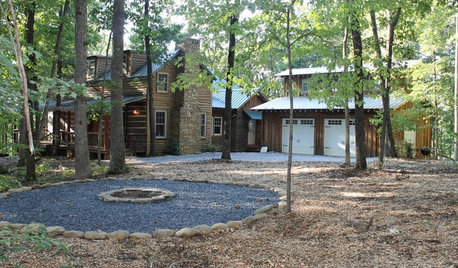
HOUZZ TOURSHouzz Tour: Legacy Lingers in a Historic Log Cabin
Built in 1809 and remodeled for today, this Georgia cabin has both a history and a place in the lives of future generations
Full Story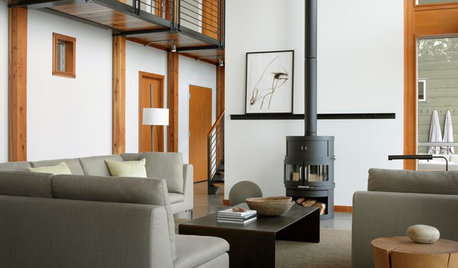
REMODELING GUIDESClean-Burning Woodstoves Ignite a Greener Heating Trend
No need to rely on oil or gas to heat your home — new woodstove designs burn cleanly and are beautiful to boot
Full Story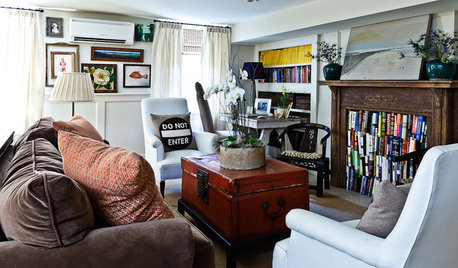
FIREPLACESWhat to Do With That Fireplace You’re Not Using
Make the extra space work for you with artfully arranged logs, books or decorative objects
Full Story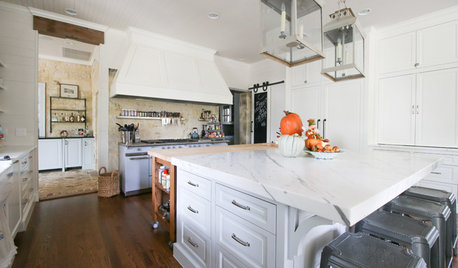
MY HOUZZMy Houzz: Historic Textures Meet Modern Touches in Texas Hill Country
An oft-renovated former log cabin now features a soothing palette and nods to New Orleans
Full Story
FIREPLACESRibbons of Fire: 10 Artfully Minimalist Fireplaces
Long and lean and sleek to the core, these gas-burning fireplaces make a powerful contemporary statement
Full Story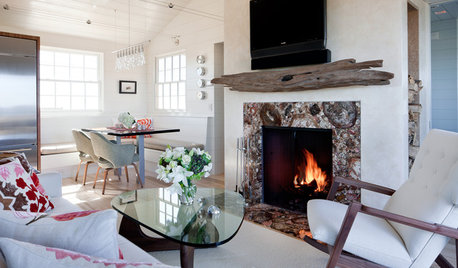
MORE ROOMSIdea of the Week: Driftwood Mantel
Green builders turn black walnut river log into one-of-a-kind accent piece
Full Story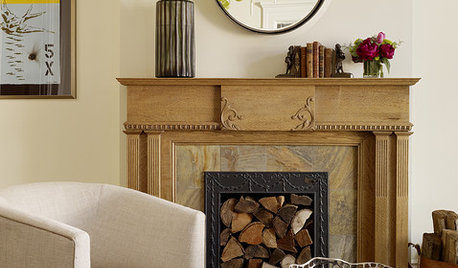
FIREPLACESStack in Style With a Creative Woodpile
Firewood storage goes beyond the utilitarian with attractive and artistic log arrangements inside and outside the home
Full Story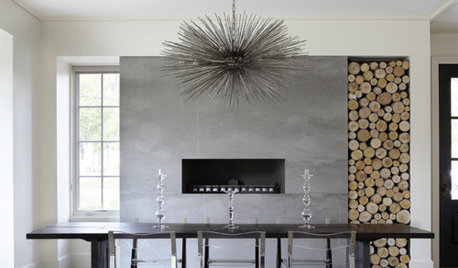
STORAGEStylish Wood Storage for Contemporary Spaces
Go with a good-looking grain for your home by using wood logs indoors as an architectural or artistic feature
Full Story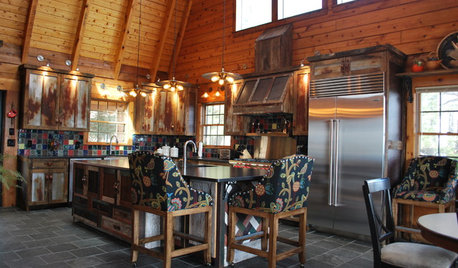
WORKING WITH PROSInside Houzz: New Rustic Style for a Mountain Cabin's Kitchen
A North Carolina couple takes a log cabin kitchen from knotty-pine tear-down to modern-day knockout with rusty tin and reclaimed barnwood
Full StoryMore Discussions








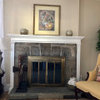
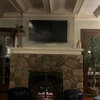
fandlil
davisgardOriginal Author
Related Professionals
East Orange Fireplaces · Lake Elsinore Interior Designers & Decorators · Lomita Interior Designers & Decorators · Mansfield Interior Designers & Decorators · Whitman Interior Designers & Decorators · Bremerton General Contractors · Burlington General Contractors · Chillicothe General Contractors · Exeter General Contractors · Groveton General Contractors · Leominster General Contractors · Nashua General Contractors · Waipahu General Contractors · West University Place Lighting · Green Bay Lightingfandlil
davisgardOriginal Author
fandlil